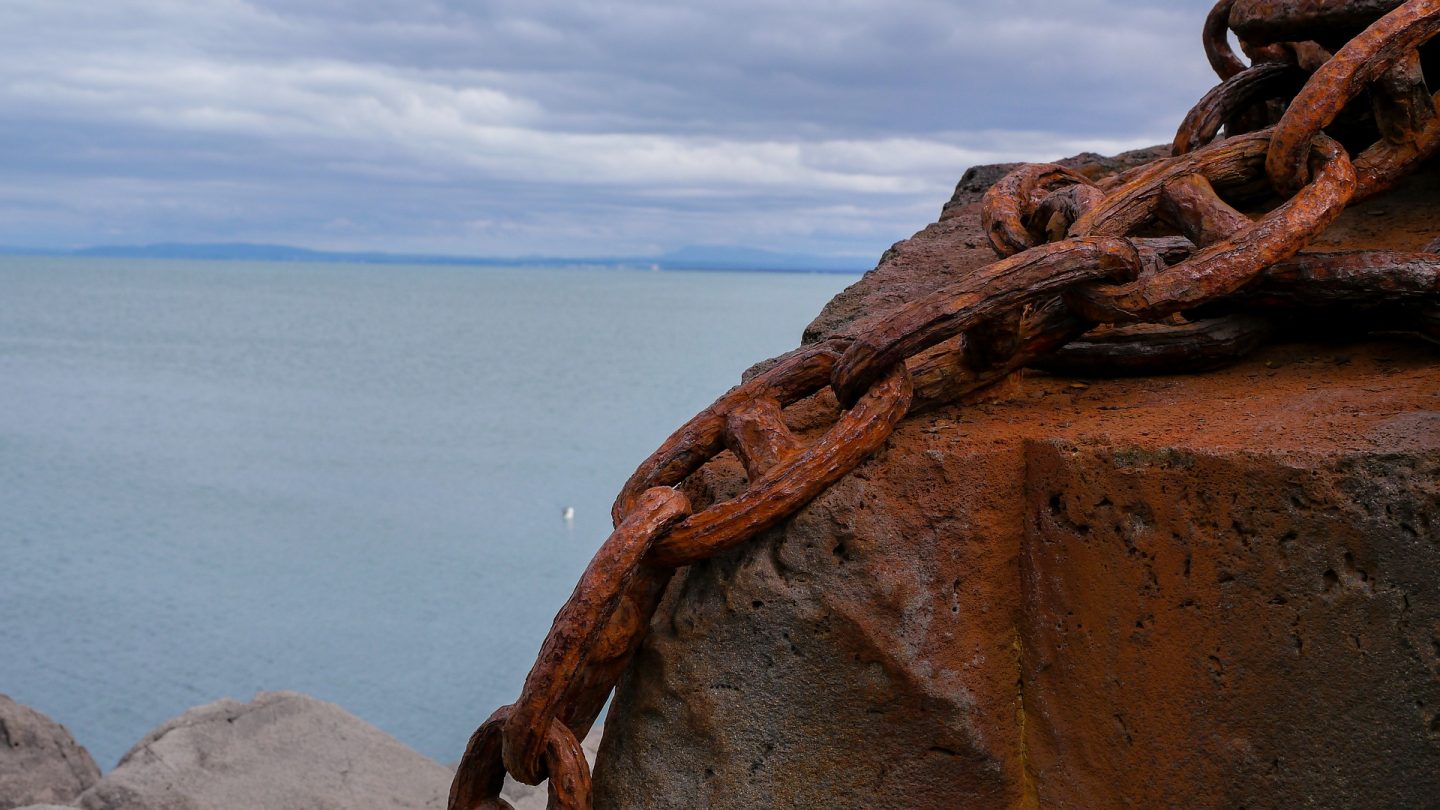Our research centers on electrochemical processes as applied to high temperature and pressure conditions, mathematical modeling of corrosion phenomena, electrochemical synthesis of nano-crystalline materials, aqueous electrometallurgy, hydrometallurgy, and fuel cells.
Corrosion impacts all metallic structures, from an old bicycle to the bridges that bring goods to our home.
Corrosion is defined as the unintentional and destructive degradation of a metal due to an electrochemical reaction. Familiar examples include the rusting of an old bicycle or automotive body panels. Deterioration by physical causes is not called corrosion but is described as erosion or wear. Though in some instances, corrosion accompanies physical deterioration. The word “rusting” applies to the corrosion of iron and plain carbon steel. Rust is a hydrated ferric oxide that appears in the familiar colour of red or dark brown. Therefore, carbon steel rusts and also corrodes, but non-ferrous metals such as aluminum, copper, and zinc corrode but do not rust.


